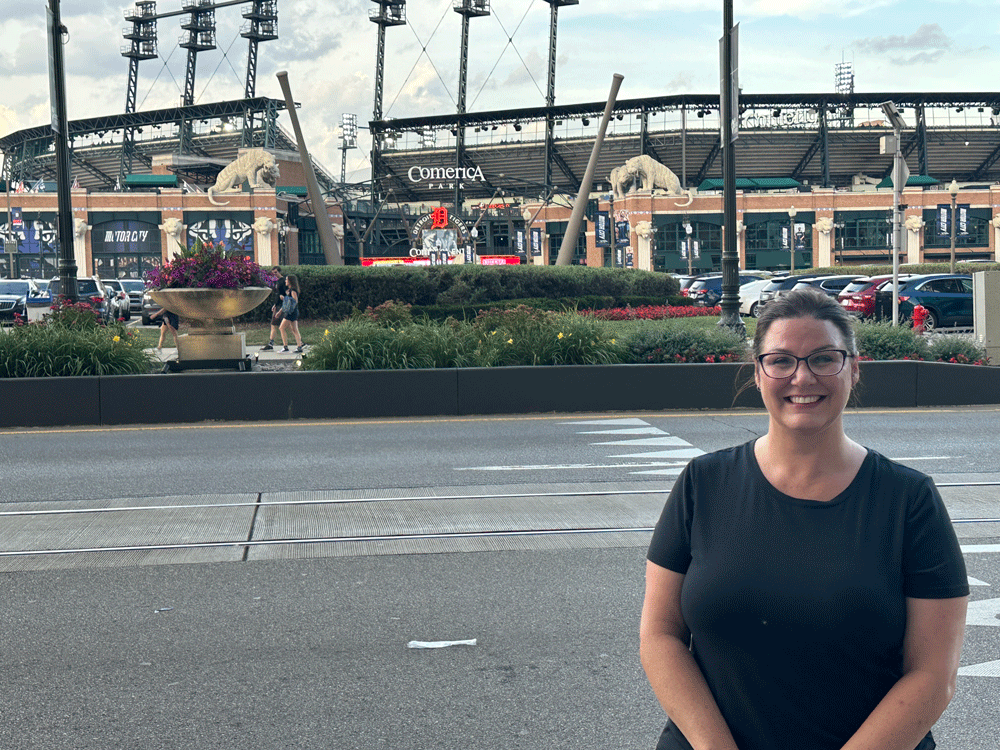Breast Reconstruction Surgery: What to Know
After a mastectomy or lumpectomy, breast reconstruction surgery has been shown to provide a variety of mental and physical benefits
We offer the latest options for flap surgery, which uses your body’s own tissue to rebuild your breast at the time of or after mastectomy.
Breast flap reconstruction offers an alternative to breast implants for women who have a history of radiation, want their reconstructed breast to match their unaffected breast or do not want an implant. During breast flap reconstruction procedures, we harvest tissue from your abdomen or thighs and use this to create a new breast mound, replacing the tissue that we remove during a mastectomy.
In addition to standalone breast flap and implant procedures, we offer hybrid breast reconstruction, which combines breast flap reconstruction with an implant.
After a mastectomy or lumpectomy, breast reconstruction surgery has been shown to provide a variety of mental and physical benefits

Discover how Heather overcame high-risk breast cancer with RECQL gene mutation through innovative DIEP flap reconstruction surgery.


Research shows that patient reported quality of life is linked to survival in people who have cancer.
Each type of breast flap uses tissue taken from your abdomen, back or thigh to reconstruct a new breast mound. The procedures are named for the specific anatomical location where we harvest the tissue.
This type of breast flap procedure is also known as muscle-sparing free TRAM. It uses fat and skin from the lower abdomen to reconstruct your breast mound. It uses very little to no muscle, minimizing abdominal weakness.
Some women may be candidates for this innovative technique, which offers more precise results, less scarring and a faster recovery. This is based on evaluation of the blood flow on your CT scan. Once you’ve obtained this, ask your provider if you are a candidate. In addition:
This type of breast flap procedure is similar to the DIEP procedure in that it uses your lower abdominal tissue to create your breast mound. It is also a transplant of tissue like the DIEP flap.
The major difference is the arteries that supply blood flow to the newly constructed breast mound. In a SIEA flap procedure, these blood vessels are not located as deep in the body. In many cases, these arteries are too small to provide enough blood flow. A woman’s specific anatomy helps to determine whether an SIEA or DIEP flap is the better option, a decision that your surgeon will make during the operation.
This type of breast flap procedure uses skin, fat and the rectus muscle (six-pack muscle) from the lower abdomen to reconstruct your breast mound. It’s left attached to its base (known as a “pedicled” flap) and tunneled under the skin to the chest.
Most women will not require the TRAM flap, which has been largely replaced by the DIEP flap procedure.
During this procedure, your surgeon rotates the latissimus dorsi muscle (one of the largest muscles in the back) to your chest. After it’s rotated, the surgeon will place a tissue expander underneath it. The expander will be filled with saline periodically until the breast is the desired size, at which time it will be exchanged for an implant.
This type of breast flap procedure uses skin, fat and muscle from the upper inner thigh to reconstruct your breast mound. It may be used when the abdomen cannot be used as a tissue donation site. It is similar to the DUG flap procedure, with the major differences being the incision’s location and orientation. In a TUG flap procedure, the incision is made laterally across the upper thigh.
This type of breast flap procedure uses skin, fat and muscle from the upper inner thigh to reconstruct your breast mound. It may be used when the abdomen cannot be used as a tissue donation site. It is similar to the TUG flap procedure, with the major differences being the incision’s location and orientation. In a DUG flap procedure, the incision is made diagonally down the upper thigh.
This type of breast flap procedure uses skin, fat and other tissue from your thighs to reconstruct your breast mound. Unlike some other flap procedures, this reconstruction doesn’t use any of your muscle. It is similar to the lateral thigh flap (LTP) procedure, with the major difference being the location where we harvest the tissue. In a PAP flap procedure, we transplant tissue from the back of the upper thigh, just below your buttocks, also known as the banana roll.
This type of breast flap procedures uses skin, fat and tissue from your outer thighs to reconstruct your breast mound. Unlike some other flap procedures, this reconstruction doesn’t use any of your muscle. It is similar to the PAP flap procedure, with the major difference being the location where we harvest the tissue. In an LTP flap procedure, we transplant tissue from the upper outer thigh, also known as the saddlebag area.
We use cookies to improve your website experience. By using this site, you agree to our Terms of Use. Read our Internet Privacy Statement to learn what information we collect and how we use it.